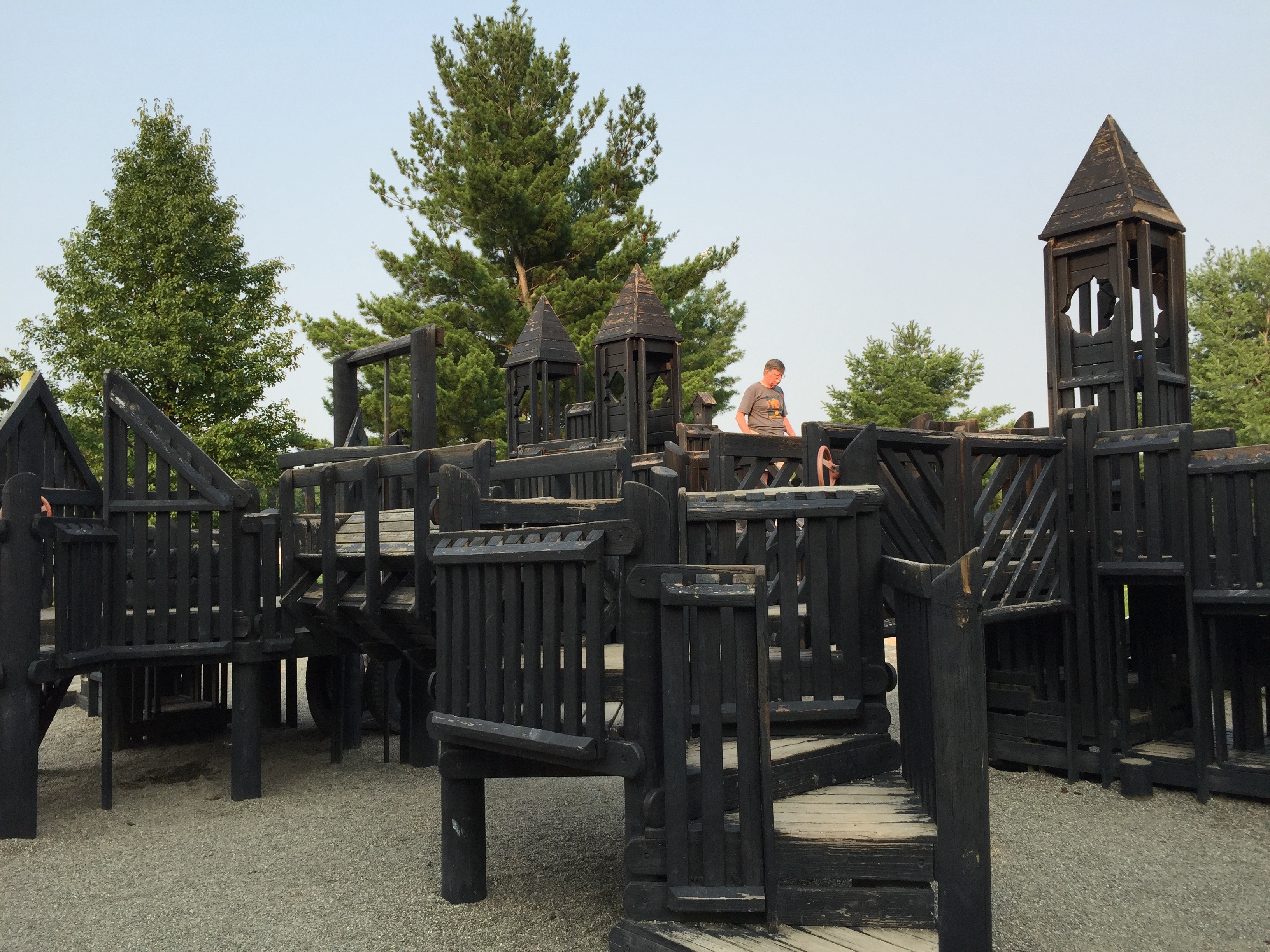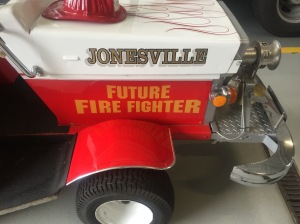When you’re a kid, you’re told to live up to your potential. As a chronic overachiever, I’m a little obsessed with that. So it was disappointing to realize that my hometown hasn’t held up its end of the bargain. On a trip home for Independence Day, my family shared some of the best my hometown had to offer. While I loved it, I couldn’t help but feel that the town is undervaluing some of its best resources.
I was happy living in the epitome of upstate New York suburbia, but by the time I reached high school, I also felt that things could be better. I knew that my town didn’t have a sense of place or provide me with a grounding other people had. Most of my fondest memories (outside my house) were in different towns altogether. The closest we had to a downtown was the mall, but malls are never true community places. Living in walkable towns and cities, from nearby Ballston Spa to Oxford across the pond, was revelatory. What I experienced in those places shaped a lot of my priorities when Chris and I looked for our own house.
So returning is always a little weird, realizing how different my assumptions and basic operating procedures no longer fit. Biking at night or during rush hour is near-suicidal. Walking anywhere is a challenge both because of distance and parking lots. The mall is still the center of retail. (Okay, so most of my current city’s center of commerce is a road surrounded by strip malls. At least we’re trying to improve.) There is zero mass transit.
But there are some similarities that still warm my heart: the dedication of volunteers, public spaces that have community buy-in, and beautiful natural places.
Our first stop was one of the town’s community-run firehouses, where my father-in-law is a volunteer safety officer. Despite the many things I disagree with my father-in-law with -from politics to food – I have immense respect for the many hours he’s given back. Before the engines headed off to the Independence Day parade, we received a personal tour. Sprout had the honor of sitting in a tiny truck that actually drove, which captivated his attention to the exclusion of everything else. Later on, a firefighter lifted him up onto the seat of a real engine, the height of which alone was startling. We even got to meet the official firehouse dog, an affectionate red bloodhound named Ruby. As we took the tour, I noticed small indications of the dedication and time these men and women put on the line for their community. Everything from the kitchen to the awards case spoke of great personal commitment.
Later, we visited a more historical testament to the willingness to volunteer: a giant wooden playground. The playground at the Commons (what I said the Adventure Playground reminded me of) was built about two decades ago by community members. Between hard labor and donated funds, our community made this awesome structure happen. Chris and I both remember our parents pitching in and actually constructing it. We kids were assigned low risk odd jobs like soaping screws and sanding wood. I always thought of it as one of the few places in my hometown that had a distinct character and was a reflection of the people in it.
After it was built, I spent hours scaling its steps, peering out of its towers, and hanging upside down from its monkey bars. My hometown has very few playgrounds outside of schools, so it was special. Besides, all of the little passageways made it superb for hide and seek.
I couldn’t wait to watch Sprout experience those same joys. For the most part, he did. Following him, I spent a lot of time ducking into short passageways and climbing over walls that weren’t meant to be climbed. He especially enjoyed scaling a steep ramp and tiptoeing over a stack of tires that made up a bridge between two sections.

Unfortunately, The Commons looked the worse for wear. The wood had been painted black, which gave it a weirdly somber tone, and even that paint job was peeling a little. Some sections were bordering on splintery. Parts of the playground that had broken – like cross-bars and a mat-like bridge – were just removed instead of replaced. There were bits here and there that showed signs of active maintenance, but they were few and far between.
What was the most disappointing was not the difference from my childhood memories, but the fact that the city wasn’t respecting the hard work the community members had put into it. The town’s lack of upkeep seemed to reflect their lack of interest in cultivating public spaces and engaging the larger community in them. As the firehouse showed, there is a real spirit of community alive and well in my hometown. The government just needs to tap into it.
The last mini-field trip we made was a tromp through a wildlife preserve to see a heron and osprey nesting area. Just getting to the trailhead was a challenge. There was no parking and no sidewalk, so we had to walk in the shoulder of a 40 mph road. The trail was narrow, overgrown and muddy.
But oh, what a swamp! To the left, five or six heron nests, conglomerations of random sticks in the notches of bare trees. Juvenile birds stuck their long necks out, chattering to their parents. With binoculars, we could see into the nests, getting a surprisingly close view of their awkward adorableness. As we left, two siblings got in a squawking match, tussling over some perceived slight. To the right, a huge osprey nest looking like it might fall out of the dead tree, one parent nearby chasing away intruders. A songbird kept swooping by the nest, perhaps trying to steal an egg or two. In the pond, a beaver dam was managing the water flow without revealing its residents. As we approached, a few frogs hopped into the water, perhaps sensing a grabby toddler on his way. Dragonflies buzzed the surface, flicking the tops of reeds. I reveled in it and while Sprout had a limited understanding of what he was seeing, he definitively enjoyed tromping through the woods.
Although I loved that we could visit this site, the path seemed both under-maintained and underutilized. In addition, there was no signage that it existed from the road and walking from the parking lot with Sprout made me nervous. (I probably would have calmer if he wasn’t with me.) Just a sidewalk or pedestrian path in addition to the shoulder would help a lot. With a few additional resources, this trail could be available to more people without compromising its special nature.
My trip home reminded me of both the promise and the challenges my hometown faces in trying to remain vibrant. I hope that the community itself can realize the amazing potential they have available today and capitalize on it in the future.
